Sayaboury
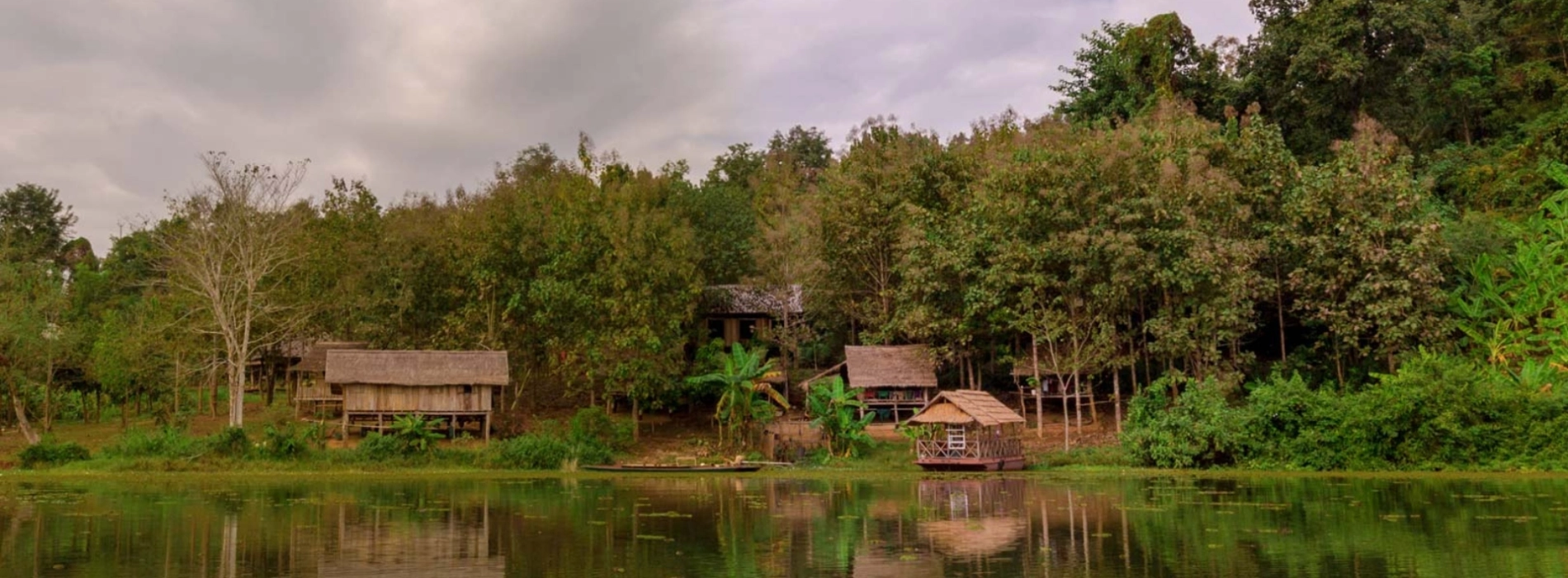
Sayaboury Province, located in northwestern Laos, has a local economy that is largely based on agriculture. Sayaboury is famous for the Lao Elephant Festival and Rice Festival. In addition, the province is home to many different ethnic groups, providing a diverse natural landscape and sustainable conservation efforts. Sayaboury also attracts many tourists during festival seasons.
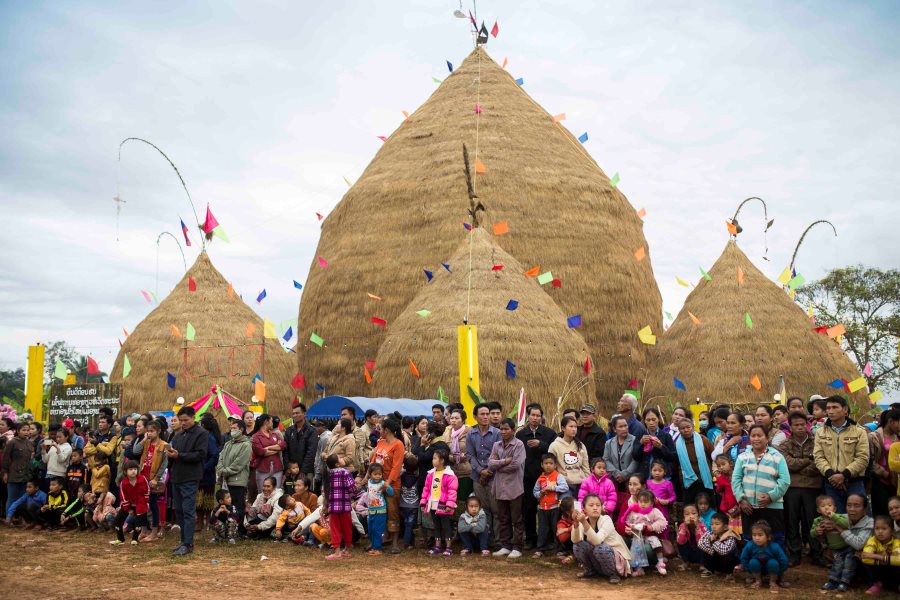
Sayaboury Province has a local economy that is largely based on agriculture (Cre: Champa Meuanglao)
Sayaboury Province has a long history of over 1,000 years, with evidence showing that the first towns were established by migrants from Myanmar and China. Although it was under the control of France and Thailand, it was returned to Laos after World War II in 1946.
Today, Sayaboury is a diverse province with favorable natural features. The government is also more focused on and investing in the development of tourism in the province.
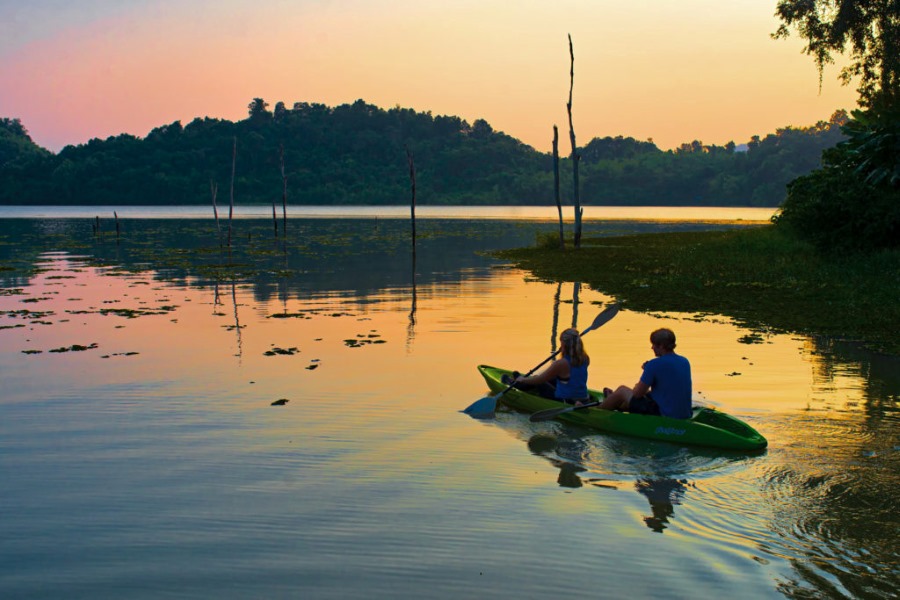
Sayaboury is a diverse province with favorable natural features (Cre: Elephant Conservation Center)
Sayaboury Province is located on the right bank of the Mekong River, at an elevation of 323 meters above sea level. To the north, the province borders Bokeo, Oudomxay, Luang Prabang, and Vientiane. To the east and west, it shares a 645 kilometers long border with Thailand. With its diverse nature and friendly people, Sayaboury is a destination of interest to many tourists.
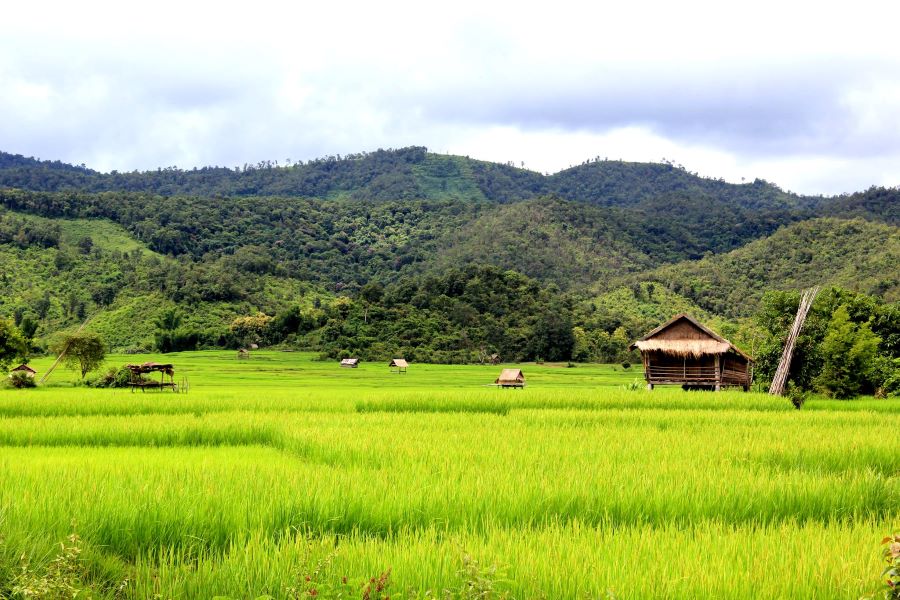
Sayaboury is a destination of interest to many tourists (Cre: internet)
Although Sayaboury does not have an airport, travelers can use long-distance bus services or minibusses from major towns like Vientiane or Luang Prabang to reach Sayaboury.
Additionally, you can travel there by private transport, such as taxis or cars, for more flexibility in your journey.
Transportation costs in Laos are relatively affordable, but it is advisable to ask for or negotiate the price with the service provider before traveling.
Read more: Laos excursions
Like other parts of Laos, Sayaboury has a tropical monsoon climate, which is typical of the country. The dry season lasts from November to March, with temperatures ranging from mild to warm. The rainy season begins in late April and peaks from July to September, gradually decreasing in October.
The weather during the dry months is very suitable for traveling and experiencing activities in Sayaboury. However, during the rainy season, traveling on the road or participating in outdoor activities can be risky.
From December to February, tourists can choose to travel during this time because this is the time when major festivals such as the Elephant Festival in Sayaboury take place.Traveling during this time offers an attractive and conducive environment for a complete travel experience.

The best time to visit Sayaboury (Cre: Discover Laos)
Established in 2010, the Elephant Conservation Center in Sayaboury is home to 34 elephants rescued from the logging industry. With support from the local government, this facility is proud to be the only elephant hospital in the country. Qualified veterinarians and biologists work here.
The center combines wildlife conservation with tourism promotion. Visitors are prohibited from riding the elephants but are encouraged to stay overnight to experience and evaluate the recovery and breeding programs for these animals.
Accommodation for guests includes rustic bungalows situated in a 250-hectare forest. The conservation center is about a 2-hour drive from Luang Prabang.
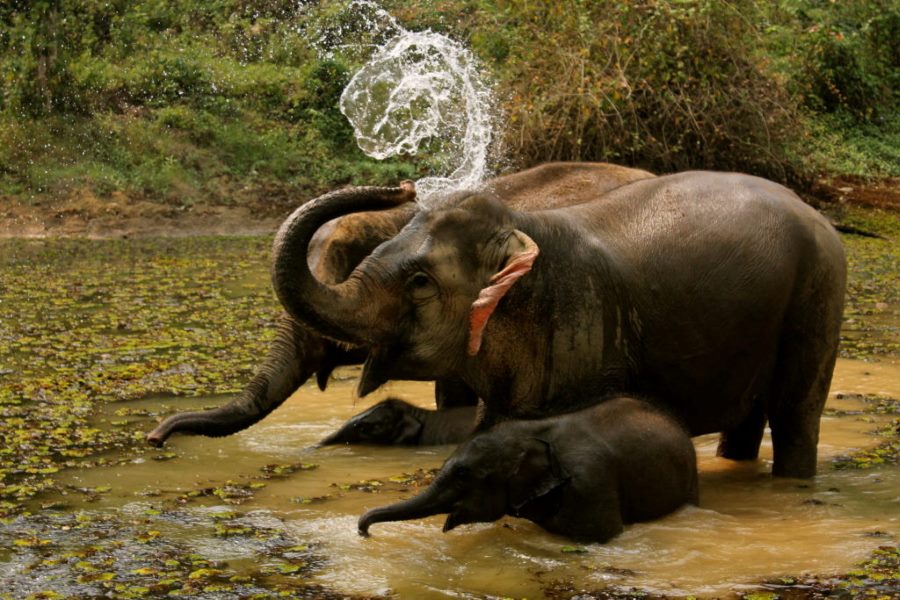
The center combines wildlife conservation with tourism promotion (Cre: Elephant Conservation Center)
The province is ethnically diverse, with the largest group being the Lao Loum (lowland people), followed by the Lao Soung and Lao Theung (highland people), and foreigners.
Local people earn their living from agricultural products such as rice, cucumbers, cotton, cabbage, beans, and sugarcane. Elephants are still used for lifting and transporting heavy items. The province is also an important agricultural producer of rice, cotton, peanuts, sesame, corn, and oranges.
Additionally, Tai Lue weaving art is still practiced in many Tai Lue villages throughout the province. Visitors can visit these villages to learn about the production process and buy woven goods. Many villages also grow cotton, which is organically cultivated in the province.
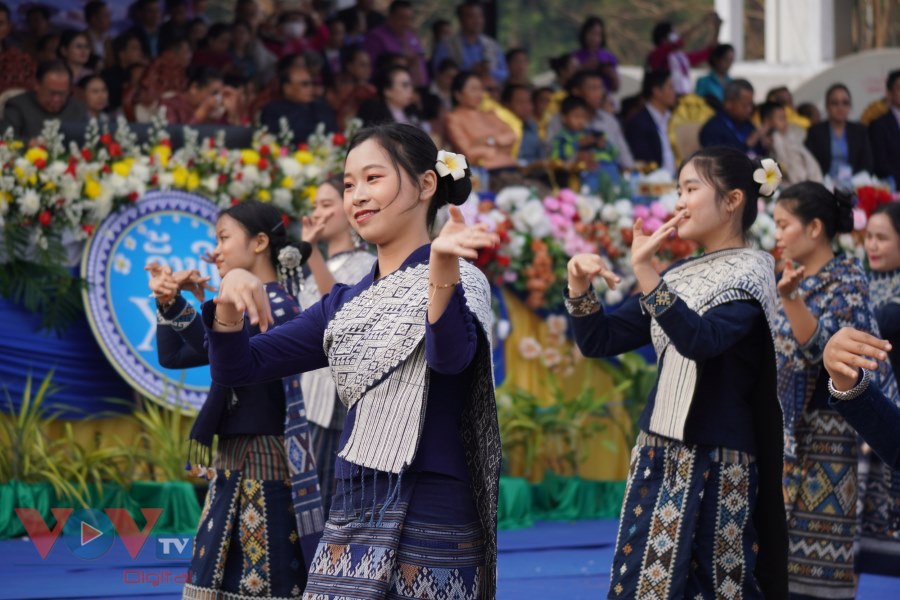
The province is ethnically diverse (Cre: VOVTV)
Cuisine reflects the culture and spirit of Laos through its dishes. Popular dishes in Sayaboury are typical of Lao cuisine. You can enjoy traditional Lao dishes such as laap, papaya salad, sticky rice and grilled meat when visiting this province. The dishes are prepared from fresh ingredients, many of which are grown and cared for by local people, ensuring hygiene.
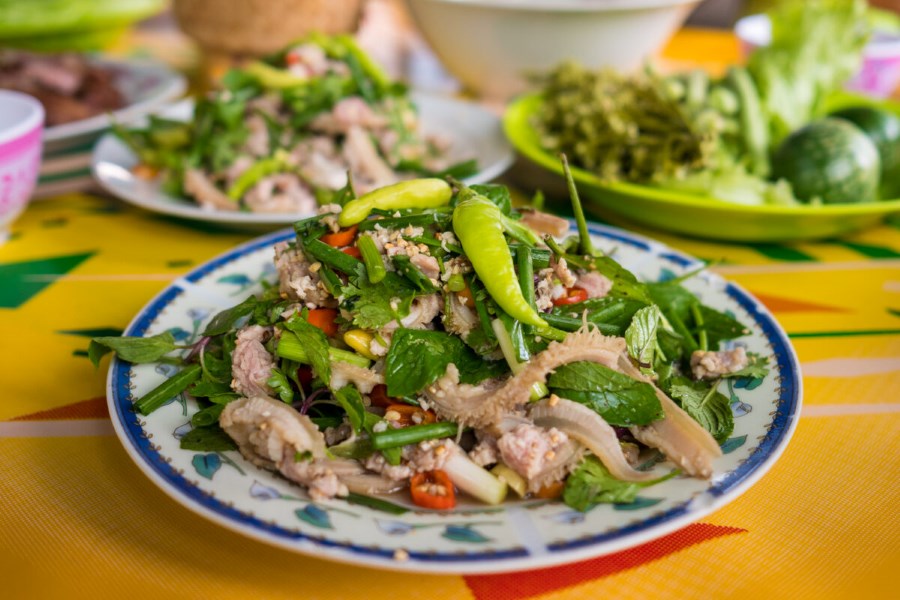
Popular dishes in Sayaboury are typical of Lao cuisine (Cre: TONLE Journeys)
In addition to traditional festivals like Lao New Year and the Water Festival, Sayaboury is also well-known for hosting the Lao Elephant Festival.
In Laos, Sayaboury is considered the province with the highest number of elephants, with over 200 domesticated elephants and more than 50 wild ones. The people of Sayaboury have a long tradition of taming and raising elephants, and the festival is one of the province's most prominent events.
The Elephant Festival takes place every February. The purpose of the festival is to continue to preserve and honor the customs, traditions and lifestyles of the Lao people that have long been associated with elephants. The festival also aims to attract both domestic and international tourists, promote Laos as the “Land of a Million Elephants” and promote the area as a key area for elephant conservation.

The Elephant Festival takes place every February (Cre: Champa Meuanglao)
Rice and Lao culture have been connected for a long time. Besides being the main food for the Lao people, rice has also shaped their way of life and cultural values. These values, passed down from ancient times, are still seen in their beliefs, customs, and religious ceremonies today.
The annual festival features religious rituals, paddy and milled rice parades, a Miss Great Rice Pile contest, singing contests, sport events, trade fairs, and elephant riding.

Rice and Lao culture have been connected for a long time (Cre: Champa Meuanglao)
With its conservation efforts, Sayaboury plays a significant role in raising awareness about elephant conservation, a symbol of Laos. The province's natural diversity and the diligence, industriousness, and enthusiasm of its people will continue to make it an important destination for nature and cultural tourism. It is sure to be a place that will leave you satisfied.
Read more: Laos tours 5 days